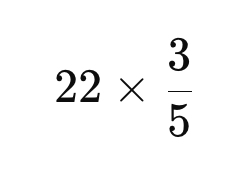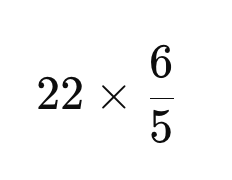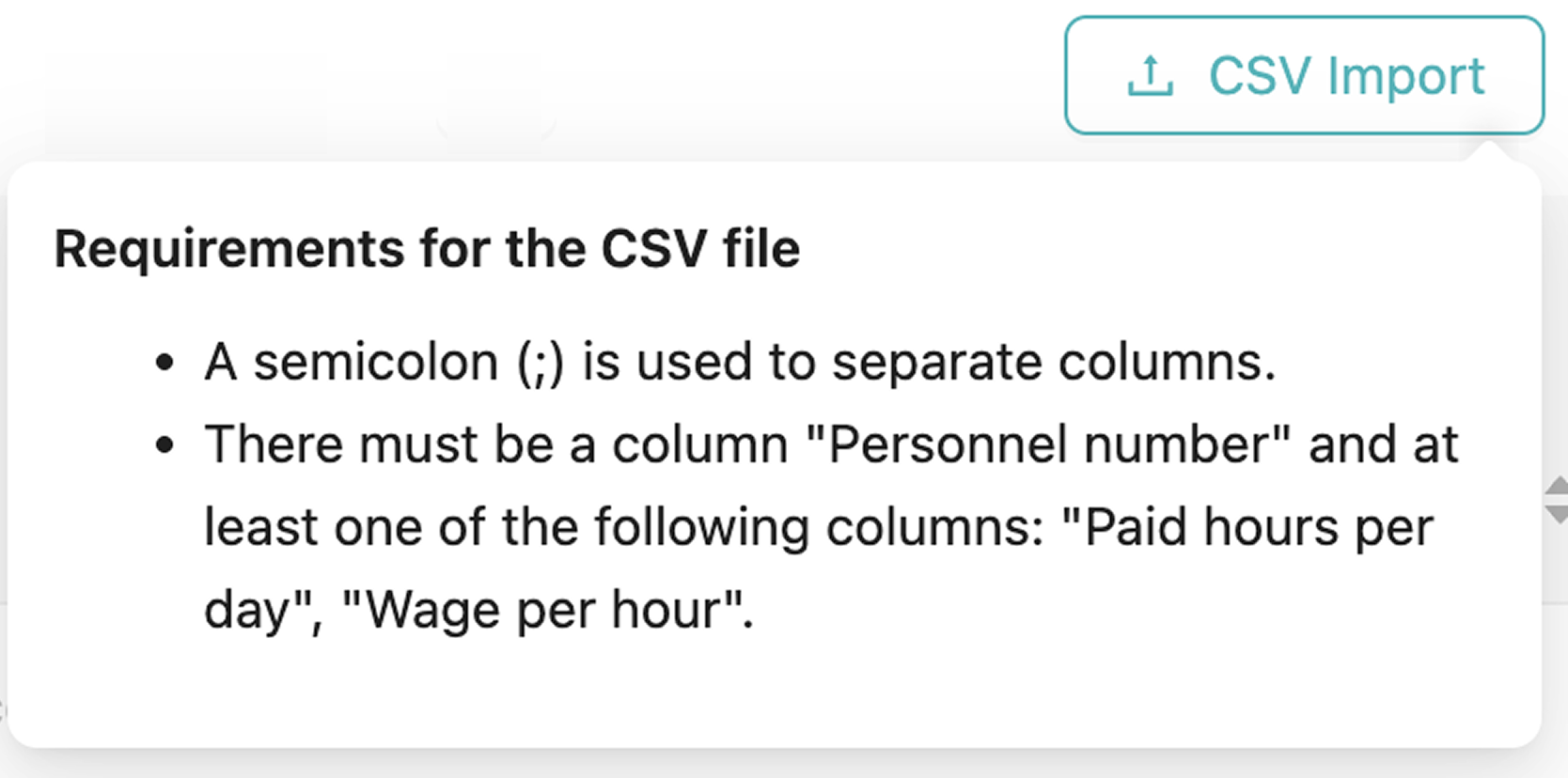Reference period principle
If you cannot see this page under “Payroll”, it is because this function is not active at your location. Please contact Nesto Support or your Nesto contact person here.
This page contains all employees whose absences are compensated according to the reference period principle. It shows how many hours per absence day are compensated in the selected month and how high the wage continuation payment is per absence hour. These values can be manually overwritten in this view. A manual adjustment is indicated by the small blue figure next to the value. If needed, the value can also be reset to the original value calculated by Nesto.
This can be especially helpful for newly hired employees who do not yet have historical working hours in the system, to manually adjust the average hours or the average wage per hour for the month.

How is the value of average hours per absence day calculated?
Compensated hours per absence day =

Example for calculating an absence day in May according to the reference period principle (3 months)
Month | Recorded hours (Employee details → Total) | Number of working days per month (fixed value in contract templates) |
|---|---|---|
February | 169 h | 22 days |
March | 170 h | 22 days |
April | 165 h | 22 days |
Total | 169+170+165 = 504 h | 22+22+22 = 66 days |
Compensated hours per absence day in May → 504h / 66 days = 7.63 h/day
Example for part-time employees with fewer working days:
If the employees do not have a 5-day workweek, the 22 days are multiplied by the number of weekdays and divided by 5. This ensures that the hours also fit employees who work fewer days.
Example: An employee has 3 working days per week recorded in the contract data. Instead of 22 days, the calculation is:

The result multiplied by 3 or 12 then forms the denominator of the formula above. The same applies to employees who have 6 working days per week. Here the calculation is:

Note:
For full-time and part-time employees, each absence day is compensated at least with the contractual Sollarbeitszeit.
That means in this example: If the contractual Sollarbeitszeit is greater than 7.63 h per day, the absence days in May are compensated with the Sollarbeitszeit. That is, if an employee has a contract with 9 weekly working hours at 1 working day per week, a daily working time of 9 hours is compensated.
The setting of the reference period principle as absence compensation can be defined here.
Import of average hours
In Nesto, there is also the possibility to import the average values yourself using a CSV file. It is important to strictly follow the requirements of the CSV file. For example, Datev provides these data as a CSV file.

Requirements for the file:
It must be in CSV format
Columns are separated by a semicolon ;
Rows are separated by a line break
Each row must have the same number of columns
The columns should be named as follows so they can be read in: "Personalnummer"; "DS-Std." / "Vergütete Stunden pro Tag"; "DS-Lohn" / "Lohn pro Stunde"
